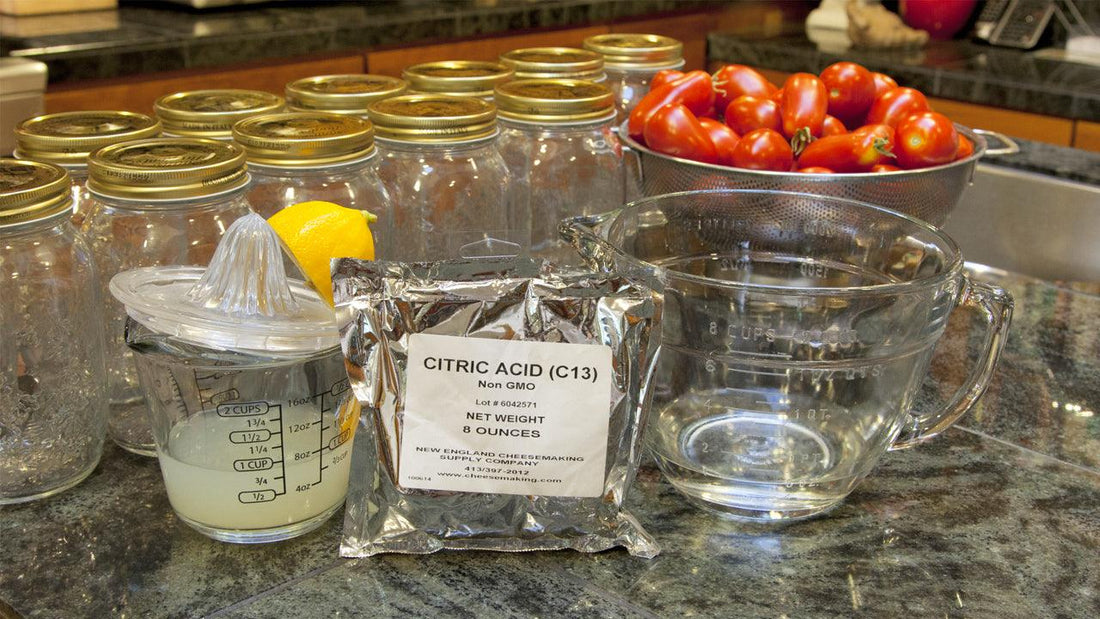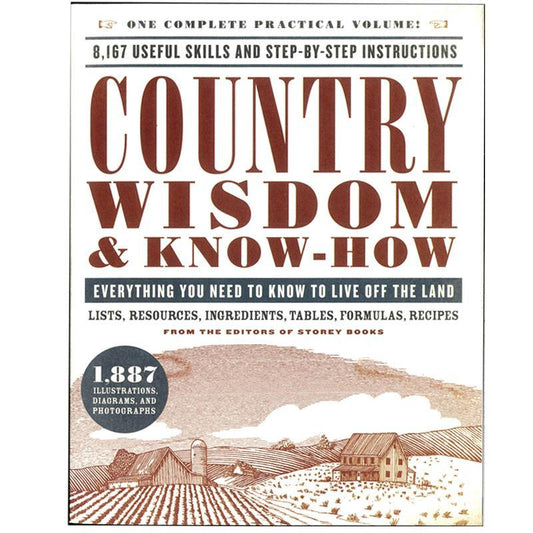Times have changed, and so have the guidelines for home canning. While our grandmothers’ methods laid the foundation, modern science has provided updates to ensure safer and more effective food preservation. Here, we’ll explore essential canning safety tips that you need to know today.
Why Modern Canning Safety Matters
Gone are the days of guesswork in canning. Advances in microbiology have revealed the risks of botulism and other foodborne illnesses. The USDA now provides strict guidelines for home canning, emphasizing updated practices to prevent contamination.
Updated Canning Practices
1. Acidification for High-Acid Foods
Foods like tomatoes, which were once considered high-acid, now often require acidification to ensure safety. Add lemon juice or food-grade citric acid to these foods before canning to maintain a safe pH level.
2. Pressure Canning for Low-Acid Foods
Low-acid vegetables, meats, and soups must be pressure canned to destroy Clostridium botulinum spores. Ensure your pressure canner is functioning correctly by testing the gauge annually.
3. Avoid Old Recipes
Using outdated recipes can be risky. Always refer to trusted sources like the National Center for Home Food Preservation or USDA guidelines for current recommendations.
Tools for Safe Canning
Investing in the right tools ensures safer and more efficient canning:
- Pressure Canner: A reliable pressure canner is essential for low-acid foods. Ensure it has a functional pressure gauge and safety vent.
- pH Testing Kit: Use a pH testing kit to check the acidity of your foods before canning.
- Canning Funnel: A stainless steel canning funnel helps prevent spills and ensures clean jar rims.
Recommended Canning Supplies
Common Canning Mistakes to Avoid
- Skipping Sterilization: Always sterilize jars, lids, and tools before use to prevent contamination.
- Overfilling Jars: Leave appropriate headspace to allow for expansion during processing.
- Ignoring Altitude Adjustments: Adjust processing times and pressure settings based on your altitude.
How to Identify Spoiled Canned Food
Check jars for these warning signs of spoilage:
- Bulging lids or broken seals.
- Unpleasant odors when the jar is opened.
- Discoloration, mold, or bubbling inside the jar.
Remember, when in doubt, throw it out. Discard suspect jars carefully to avoid contact with harmful toxins.
Resources for Modern Canning
For more information, explore the National Center for Home Food Preservation or check out the book Preserving Food at Home for comprehensive guidance.
Enjoy the Benefits of Safe Canning
Canning has come a long way since grandma’s time. By following modern guidelines and using the right tools, you can safely preserve your harvest and enjoy delicious, homemade food year-round. Happy canning!





